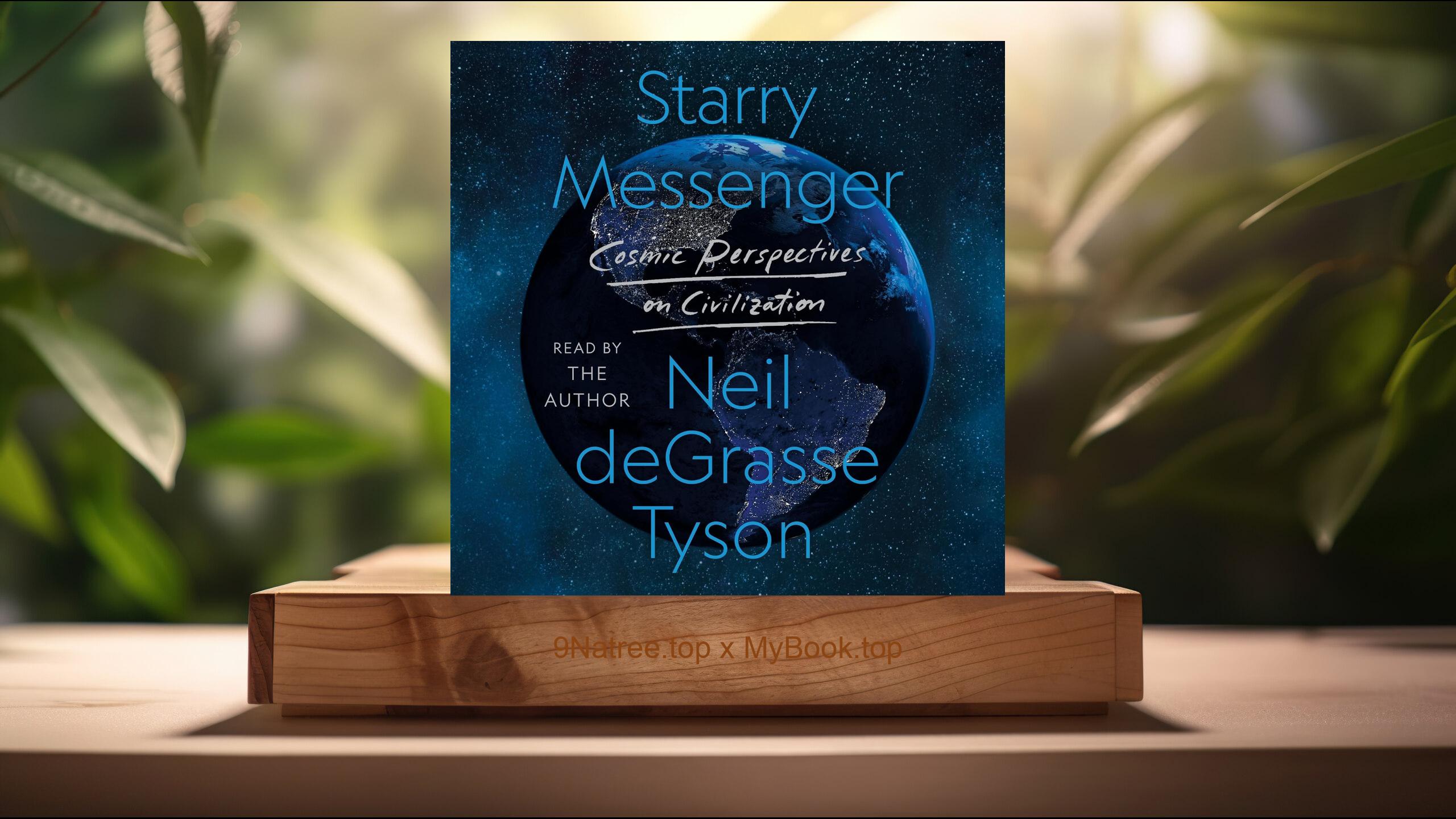Show Notes
- Amazon USA Store: https://www.amazon.com/dp/B07RYMTMD7?tag=9natree-20
- Amazon Worldwide Store: https://global.buys.trade/Late-Migrations-A-Natural-History-of-Love-and-Loss-Margaret-Renkl.html
- Apple Books: https://books.apple.com/us/audiobook/late-migrations-a-natural-history-of-love/id1463831736?itsct=books_box_link&itscg=30200&ls=1&at=1001l3bAw&ct=9natree
- eBay: https://www.ebay.com/sch/i.html?_nkw=Late+Migrations+A+Natural+History+of+Love+and+Loss+Margaret+Renkl+&mkcid=1&mkrid=711-53200-19255-0&siteid=0&campid=5339060787&customid=9natree&toolid=10001&mkevt=1
- Read more: https://mybook.top/read/B07RYMTMD7/
#naturewriting #memoir #griefandloss #familyrelationships #healingthroughnature #LateMigrations
These are takeaways from this book.
Firstly, The Interconnectedness of Nature and Human Life, In Late Migrations, Margaret Renkl highlights the profound interconnectedness between the human existence and nature. Employing evocative language, she bridges everyday human encounters with striking depictions of natural elements, underscoring our fundamental alignment with the environment. Whether discussing family memory or describing wildlife, Renkl deftly underscores a harmonious interplay, revealing how nature mirrors our emotional and temporal journeys. Her reflections urge recognition of our embeddedness within nature rather than existing separately, suggesting the growth and decay of the natural world parallel our emotional upheavals and renewals.
Secondly, Grief’s Universal Language, Renkl poignantly addresses the universal experience of grief, exploring its nuances and complexities through deeply personal reflections on the losses of loved ones. She elucidates the emotional and psychological affects loss inflicts, paralleling these feelings with observed events in nature. This exploration of grief transcends individual experience, uniting readers in a shared consciousness of life's ephemeral quality. Renkl teaches readers that grief is neither linear nor predictable; instead, it fluctuates, mirroring the unpredictable yet persistent cycles found within nature itself.
Thirdly, Family as Foundations, Family plays a pivotal role in Renkl’s narrative, serving as an anchoring point from which she examines the larger themes of life, loss, love, and endurance. Through storytelling that is at once tender and unflinchingly honest, the author recounts vivid memories of family relationships—moments joyful, complicated, or sorrowful. Renkl’s depiction underscores the permanence and influence of familial bonds, even in their complexity and impermanence, emphasizing their lasting imprint on our identities and emotional trajectories.
Fourthly, Observing the Natural World with Precision and Wonder, Renkl demonstrates extraordinary precision and wonder in her observation of natural surroundings, ranging from backyard ecosystems to broader regional landscapes. Her attention to the minute and often overlooked inquiries of bird behavior, insect life, floral patterns, and animal habits reveal the vibrancy, hidden wisdom, and enduring mysteries of nature. This meticulous observation also becomes a mindful practice, suggesting readers deeply engage with their surroundings, maintaining curiosity, and allowing natural wonder to provide renewed perspective and solace.
Lastly, Coping and Healing through Nature, Illustrated aptly through her insightful prose, Renkl portrays nature as a profound healing tool, offering comfort and reflection amid personal sorrows. Interaction with nature becomes a form of emotional restoration; its consistency and resilience provide consolation and reminders of broader continuities beyond personal griefs. Renkl advocates implicitly for nature's therapeutic value, demonstrating how connections with natural landscapes can stabilize chaotic emotions and guide the healing process, instilling tranquility and clarity amidst life's inevitable turmoil.
![[Review] Late Migrations: A Natural History of Love and Loss (Margaret Renkl) Summarized](https://episodes.castos.com/660078c6833215-59505987/images/2011067/c1a-085k3-ndn404pps3zz-nvfeb7.jpg)




